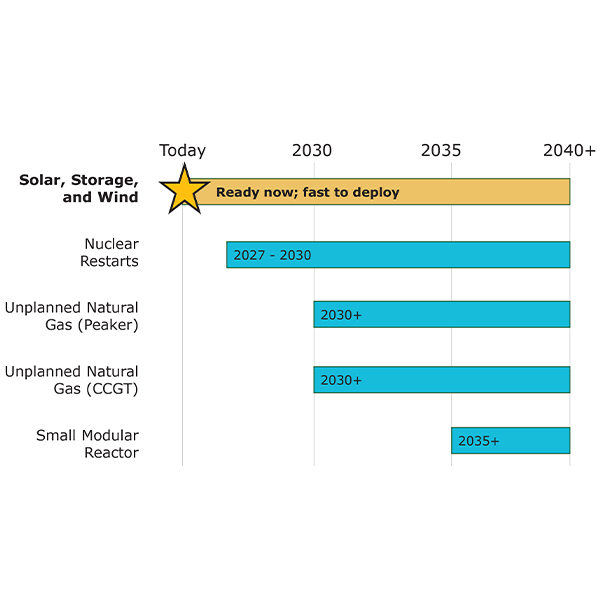Transmission & Distribution
The California Energy Commission approved three integrated resource plans for publicly owned utilities as the state prepares the grid to meet peak loads this summer.
The announcement came with a major caveat: A pro-business environment with supportive tariff, tax and permitting mechanisms must be in place.
FERC in November 2024 granted a 48-month preliminary permit to York Energy Storage LLC for an 858-MW facility along the Susquehanna River near Lancaster and York that could produce 1.5 million MWh per year.
Pacific Gas and Electric will meet some of this year’s summer electricity demand in California through a virtual power plant demonstration project that will include as many as 1,900 residential customers.
The current debate in the U.S. electricity sector pitting efforts to increase renewables against the need for grid reliability in the face of growing demand could be unnecessary and counterproductive, according to one expert.
Christine Guhl-Sadovy, president of the New Jersey Board of Public Utilities, has a lot to do and little time to do it in.
State energy officials emphasized the need for increased oversight for transmission investments at Raab Associates’ New England Electricity Restructuring Roundtable.
An ACORE report says solar and wind can be deployed cheaply and quickly to meet the country’s rapidly escalating demand growth, while providing support for natural gas and nuclear plants.
Storage set a new record of installations in 2024, but the forecasts for the rest of the decade are cloudy because of uncertainty around the future of tax credits and additional tariffs from President Trump.
The Utility Transparency and Accountability Act was one of the dozens of bills the Maryland House of Delegates sent it to the Senate as part of the legislature’s “crossover day.”
Want more? Advanced Search










